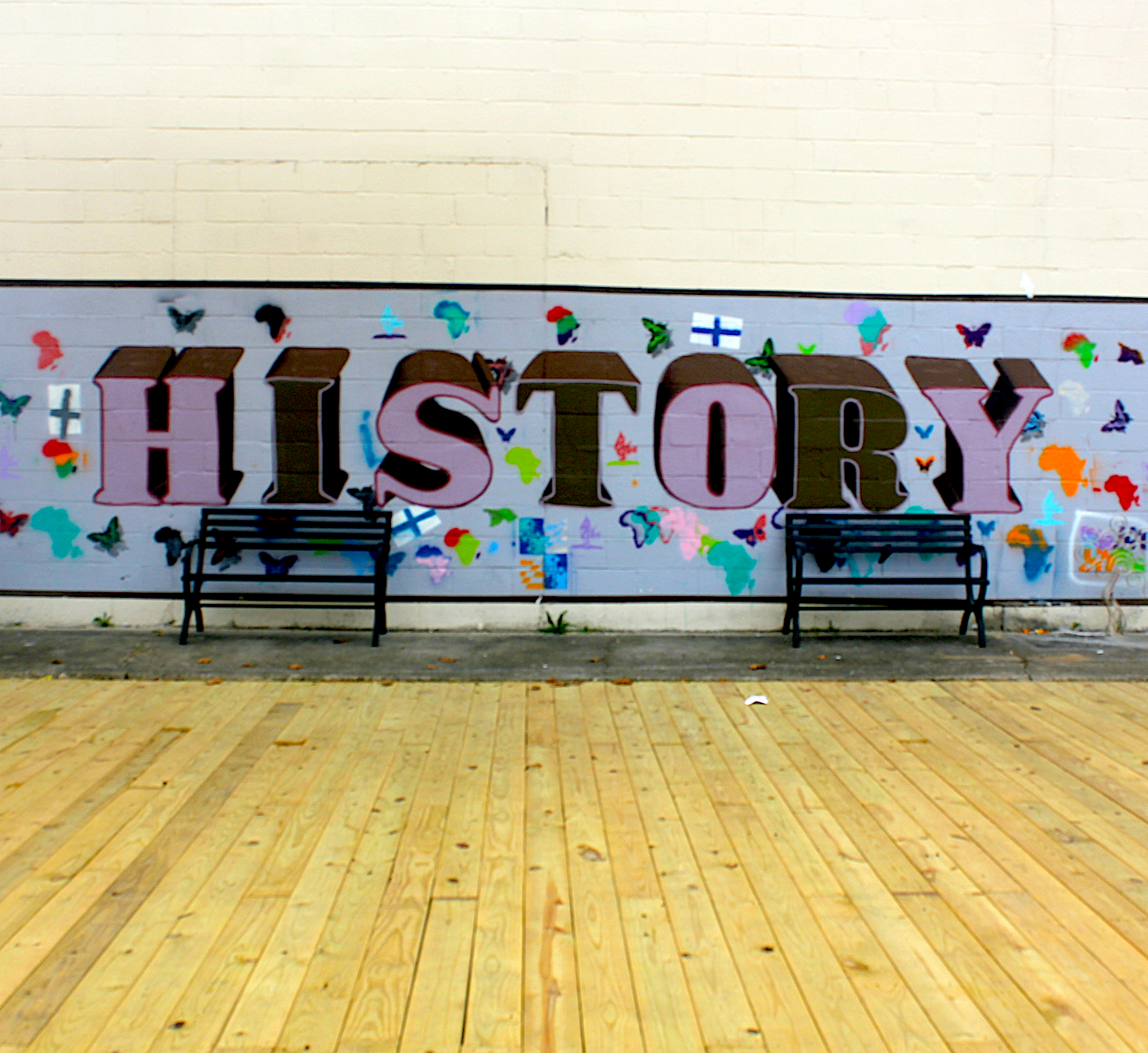
It’s not always easy to see, but the history of racism in the United States is embedded in some of the very streets and buildings that make up the Route 1 corridor.
As we confront, once again, the awful inheritance of that history at the national level with protests sparked by the death of George Floyd, it may help to look more closely at our own neighborhoods to recall the tragedies as well as reflect on the moments of grace that brought us here.
If you’ve driven on Annapolis Road west of the Peace Cross in Bladensburg, you’ve passed the historic Bostwick House, built by a merchant whose ships imported nearly 10,000 enslaved people in the 18th century.
But not far away is a tiny red brick church founded by a former enslaved woman whose family scraped together $250 to bring her back home after the end of the Civil War.
Head north to Lake Artemesia, and you’ll find scant evidence of the African-American community of Lakeland, decimated in the 1960s by urban renewal projects.
But head south, and you’ll find the thriving town of North Brentwood, founded after the Reconstruction era by a veteran commander of the U.S. Colored Troops.
Drive through North Brentwood and you may come to a street blocked in the middle by a metal barrier, erected in 1957 as a dividing line between the black and white communities.
But you can also drive past a bustling black church on the other side of that line, bought by a sympathetic white man and immediately resold to the church’s founders to get around informal segregation.
Head north toward Hyattsville, and you’ll pass Magruder Park, deeded to the city in 1927 on condition that it only be used by white residents; historic homes built by the Zantzinger family, whose name you might recognize from a Bob Dylan song about racial injustice; and University Park, where every home once came with a restrictive covenant barring the sale to any person of color.
But you can also recall that the area is having a thoughtful discussion about how to acknowledge that history, whether by renaming parks, teaching the history through plays and historic house tours, or finding a way to legally remove those covenants.
Drive through the University of Maryland, and you’ll pass a football stadium once named for the segregationist college president.
But you can also drive past a building where that president was allegedly confronted by future Supreme Court justice Thurgood Marshall over his views.
This history has shaped the Route 1 corridor, but it does not define it. Today it is a diverse and tolerant area, home to a growing immigrant population, a thriving Catholic community and numerous other houses of worship, a high number of LGBT families and a diverse group of small business owners. It is welcoming to everyone from artists to veterans to students from halfway across the world.
We all have a lot of emotions right now with everything happening, but let’s not forget both the tragedies and the grace as we move forward. We have overcome divisions in the past, and we shall overcome them again.










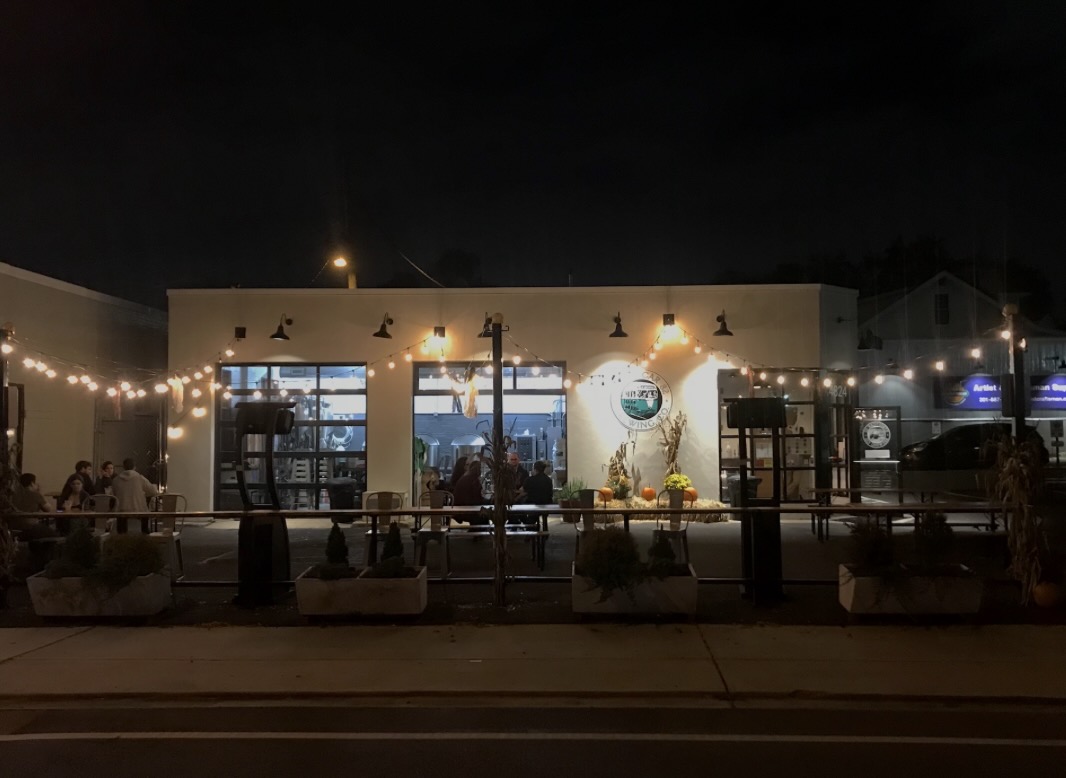
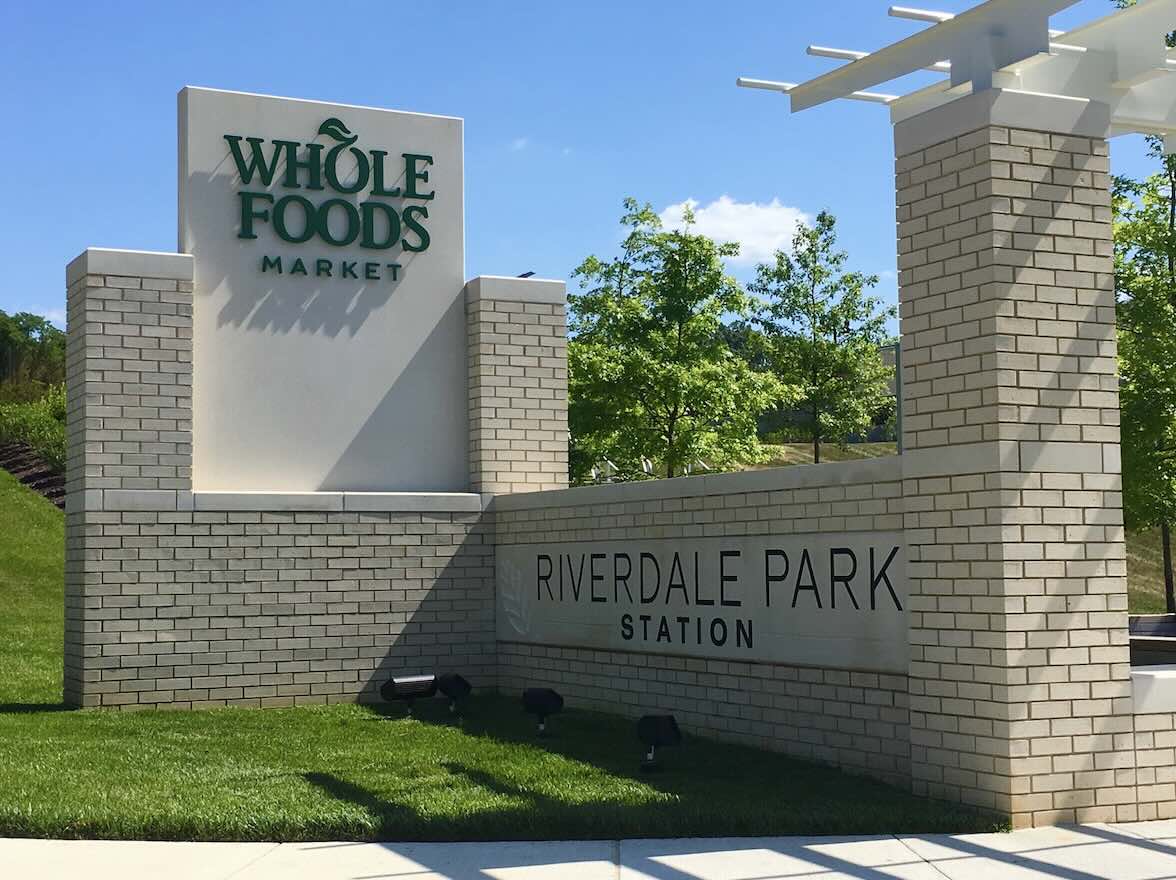
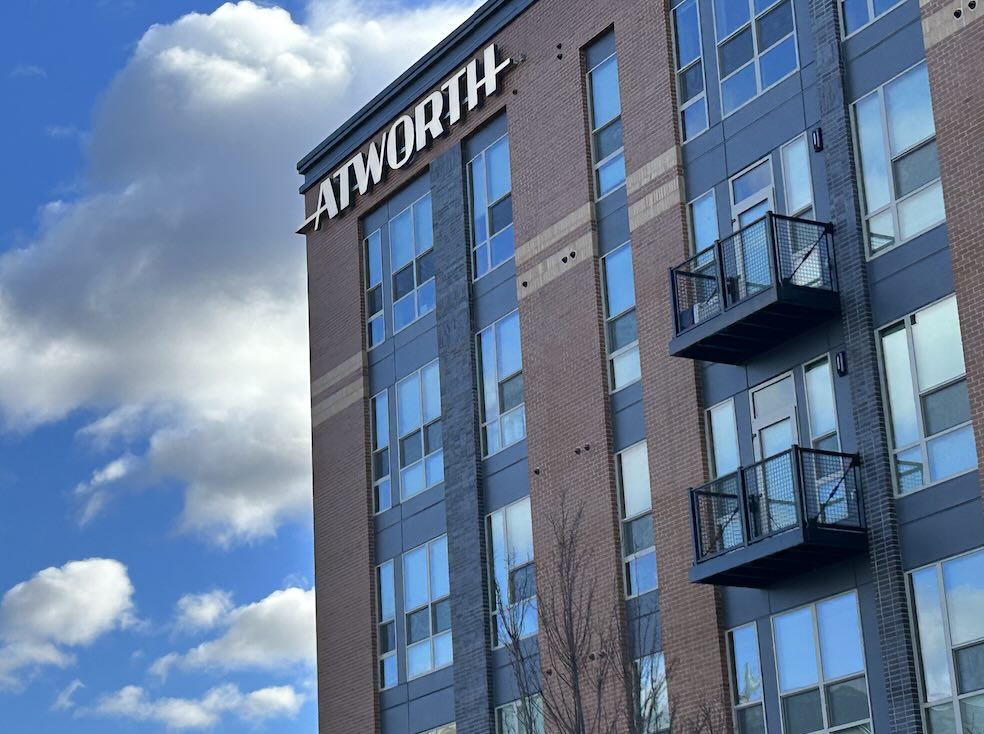
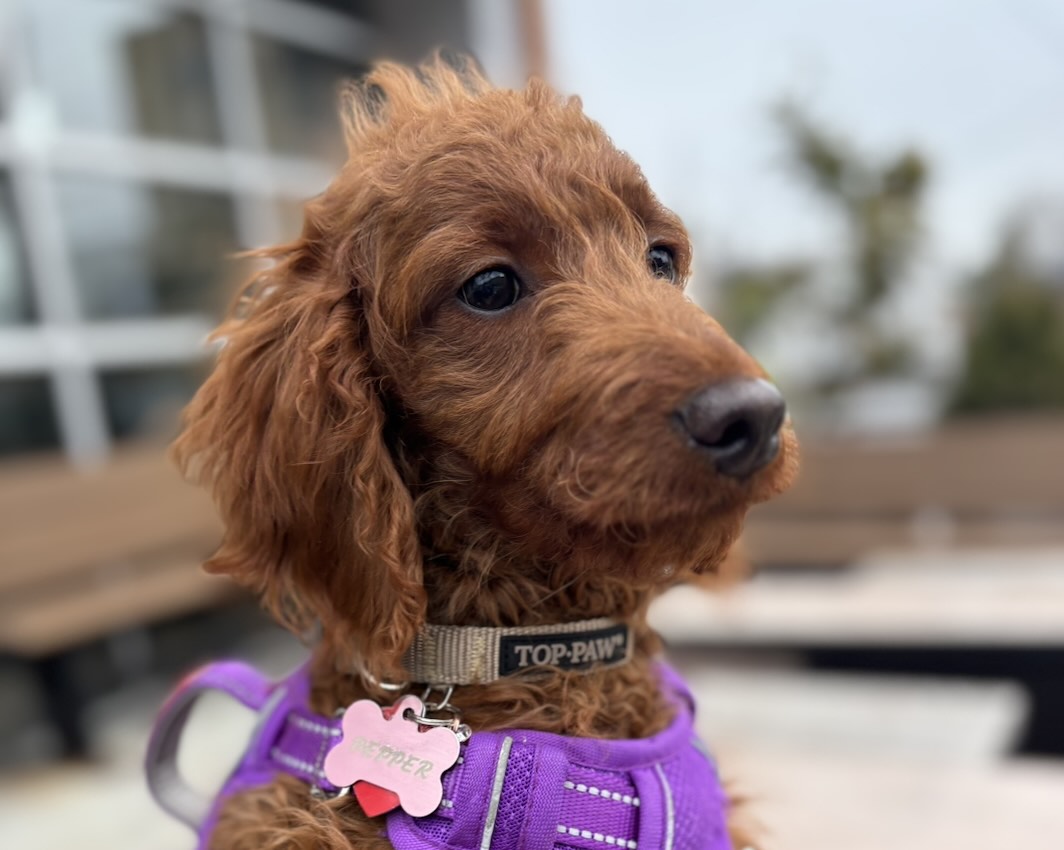


Thank you! For the history and your alliance. It means a lot.
Police Killing Reflects the Racial Tensions of a Washington Suburb https://nyti.ms/1ihfuN4
Thanks! This is so important to know.